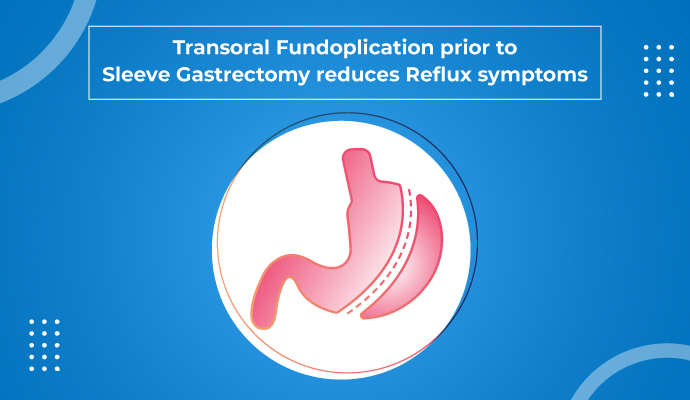
Sleep apnea and how it is associated with Obesity
Sleep apnea refers to a condition in which
58,925 total views, 48 views today
Home » Very low energy diets induce weight loss before non-bariatric surgery
According to a recent study, preoperative very low energy diets before non-bariatric surgery were found to be safe, well tolerated, and effective in inducing weight loss in obese patients.
The study was published in the journal, Surgery. Overall, 13 studies that included 395 patients were looked into. These patients received very low energy diets preoperatively in preparation for non-bariatric surgery. The primary outcome of the study was postoperative morbidity. Preoperative weight loss, compliance, and safety were included as secondary outcomes.
The mean duration of preoperative very low energy diets was 6.6 weeks. The daily caloric intake was between 450 kcal to 1,400 kcal. The average preoperative weight loss achieved ranged from 3.2 kg to 19.2 kg. No significant differences in postoperative morbidity, operative time, or postoperative length of stay were observed with very low energy diets.
Thus, it may be concluded that very low energy diets have a positive impact in inducing preoperative weight loss in patients undergoing non-bariatric surgery for both benign and malignant diseases.
Reference:
McKechnie T, Povolo CA, Lee J, et al. Very low energy diets before nonbariatric surgery: A systematic review and meta-analysis. Surgery. 2022 Dec;172(6):1733-1743.
Source link:

Sleep apnea refers to a condition in which
58,925 total views, 48 views today

Since the beginning of 20th century, the overall
58,902 total views, 48 views today

New year is the time for new beginnings.
59,602 total views, 48 views today

Weight loss can be tricky business, as it
59,472 total views, 47 views today

According to a recent study, weight loss through
60,372 total views, 48 views today

A recent study conducted on GERD (Gastroesophageal Reflux
60,376 total views, 47 views today

A recent study done to examine the long-term
59,259 total views, 48 views today

Overweight and obesity is a major health concern
29,544 total views, 32 views today

A recent study published in the Journal of
28,734 total views, 32 views today

The findings from a recent study, published in
28,975 total views, 32 views today

The findings of a recent study, published in
29,375 total views, 32 views today

Dietary modifications, along with regular exercise, play an
11,929 total views, 11 views today
